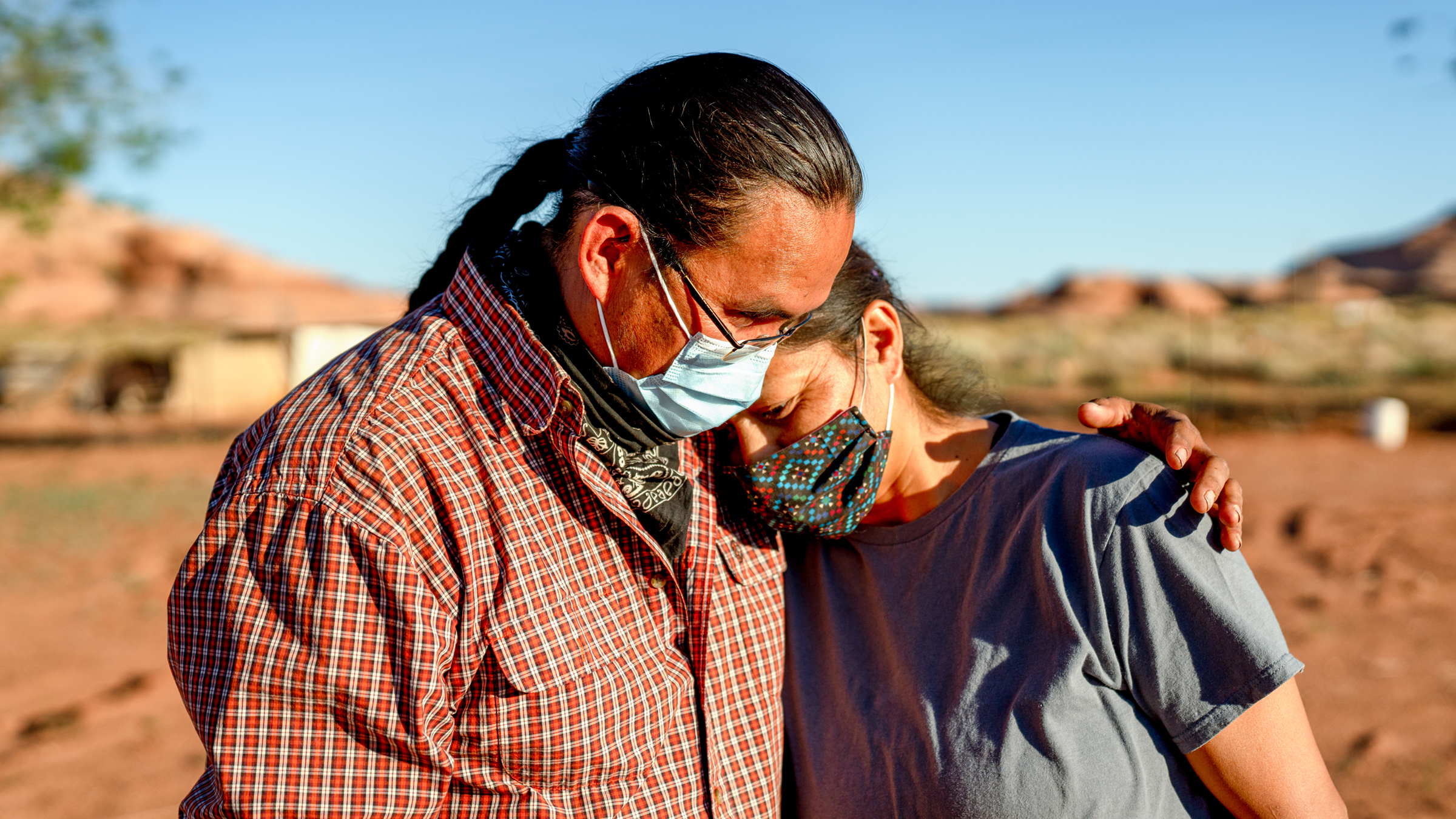Tribally owned businesses create economic opportunity for Native Americans and non-Natives alike. With the challenges tribal nations face in generating revenues, tribes create these enterprises as a key revenue stream to support tribal governments and therefore provide essential public goods to tribal communities. Despite their importance for Indian Country and state economies, little is known about tribal enterprises in aggregate, particularly outside of Indian gaming.1 But the scope of tribal enterprises goes far beyond casinos: tribes own businesses located in both tribal and non-tribal areas and in industries like construction, manufacturing, and financial products. To gain a better understanding of tribal enterprises, Center for Indian Country Development (CICD) built and examined a dataset of nearly 1,200 tribally owned small businesses drawn from a U.S. Small Business Administration (SBA) registration system. (For more on our dataset and how we define tribal enterprises, see the Appendix section below.) Our findings indicate that tribal enterprises have proliferated into a geographically dispersed business sector.
The number of tribal enterprises has grown
Over the last 25 years, the number of tribal enterprises outside of gaming has grown significantly. The increase was steady from the mid-1990s to the mid-2000s, sluggish after the Great Recession, and robust over the past five years (see Figure 1). Significantly, federal legislative changes in 1986 and 1988 made all tribal enterprises eligible to participate in the SBA’s 8(a) Business Development program, which provides preferential access to federal government contracting. (For more on the 8[a] Program, see the sidebar below.) The expansion of 8(a) Program eligibility has supported the economic development of tribal nations through the creation of new tribal enterprises.
Non-gaming tribal enterprises are primarily located off-reservation
Seventy percent of all tribal enterprises are located away from reservations (i.e., in counties without any federally recognized reservation land). Tribal enterprises are widely distributed across the country: while reservations are mostly located in the rural parts of the Great Plains and Western states, non-gaming tribal enterprise contractors can be found in the majority of the lower 48 states. As shown in Figure 2, tribal enterprises have a large presence in Virginia (adjacent to Washington, D.C.) and also in Georgia and Alabama, which contain large military bases.
Traditional government-contracting industries dominate tribal mix
More than three out of four tribal establishments in our dataset are in the four broad industries most represented in government contracting: Professional Services (i.e., scientific and technical services), Construction, General Administrative Support, and Manufacturing.2 For comparison, these four industries make up only 30 percent of all business establishments across the country.3 This overrepresentation of tribal enterprises in the four most-represented industries suggests the importance of access to government contracting, particularly the SBA’s 8(a) program, in determining the industry mix of tribal enterprises.
Future research
Tribes are broadening the industry mix of their tribal enterprises beyond gaming. Better understanding this diversification will expand our knowledge of the determinants of American Indian, Alaska Native, and Native Hawaiian economic development. Next steps for Center for Indian Country Development will be the analysis of how Native involvement in government contracting has evolved over time and the release of a complete set of data on gaming, gaming-related, and non-gaming tribal enterprises for a large representative sample of federally recognized tribes.
Appendix: More about our dataset
We created a large dataset of tribally owned small businesses in non-gaming industries from the SBA Dynamic Small Business Search (DSBS), which is tied to company profiles from the System for Award Management (SAM). To participate in government contracting and apply for federal grants, businesses must register in the SAM. After completing their registration, they receive a link to populate information into the SBA DSBS, the main data source federal agencies and other federal contractors use to identify potential vendors.
We define a tribal enterprise as a company with at least 51 percent of its ownership by an Indian tribe. An Indian tribe, under the definition used by the SBA, is “Any Indian tribe, band, nation, or other organized group or community of Indians, including any [Alaska Native Corporation] ANC, which is recognized as eligible for the special programs and services provided by the United States to Indians because of their status as Indians” or “is recognized as such by the State in which the tribe, band, nation, group, or community resides.” For this article, we only focus on establishments owned by federally recognized (and a small number of state-recognized) tribes; thus, we omit ANC-owned and NHO-owned enterprises from this analysis.
After a careful process of reviewing each company in the extract, we verified whether an establishment was at least 51 percent owned by a tribe. Businesses provide their ownership information when registering in the SBA DSBS, reporting it under an overarching category of “Any Native American Owned,” with subcategories “Tribally owned,” “Alaskan Native Corp (ANC) Owned,” “Native Hawaiian Org (NHO) Owned,” and “Other Native American.” We verified the relationship of tribally owned businesses to tribes by screening for one or more of these conditions:
- A tribe was identified on the company’s website;
- A news article mentioned a purchase of a specific stake in a company by a tribe;
- A tribal annual report detailed the names of the tribe’s enterprises;
- A tribe was listed as the current principal in the SBA DSBS; and
- The SBA DSBS listed an email address that could be linked to a previously verified tribal business.
We erred on the side of caution when establishing a link between a business and a tribe, successfully identifying 1,186 tribally owned establishments in the SBA DSBS. More than 180 federally recognized tribes from the lower 48 states are present in our dataset, which represent 55 percent of all federally recognized tribes in those states. However, it is unlikely that the SBA DSBS contains a complete list of tribally owned enterprises.
Roughly 64 percent of the tribally owned enterprises we identified have active registrations, 34 percent have expired registrations, and 2 percent have not fully registered in the SAM. Therefore, our dataset contains a mix of establishments currently in operation, establishments that have closed since registering in the SAM, and active businesses that may have stopped operating in a particular line of business.
Among the tribes that own enterprises in non-gaming industries, the distribution of those enterprises is highly skewed: while the median number of enterprises a federally recognized tribe in the lower 48 states owns is only two, the ten tribes with the most non-gaming enterprises own 43 percent of the establishments in our dataset.
Endnotes
1 The literature on the economic effects of Indian gaming is large and focused on how establishing a casino affects economic development (Evans and Topoleski, 2002; Akee et al., 2015; Conner and Taggert, 2013; Cookson, 2010), health (Wolfe et al., 2012), education (Akee et al., 2010), and self-identification (Antman and Duncan, 2018).
2 Government Contracting Tips, U.S. Federal Contractor Registration.
3 U.S. Census Bureau data and authors’ calculations.
Matthew Gregg is a senior economist in Community Development and Engagement, where he focuses on research for the Center for Indian Country Development. He has published work on historical development in Indian Country, Indian removal, land rights, and agricultural productivity.







